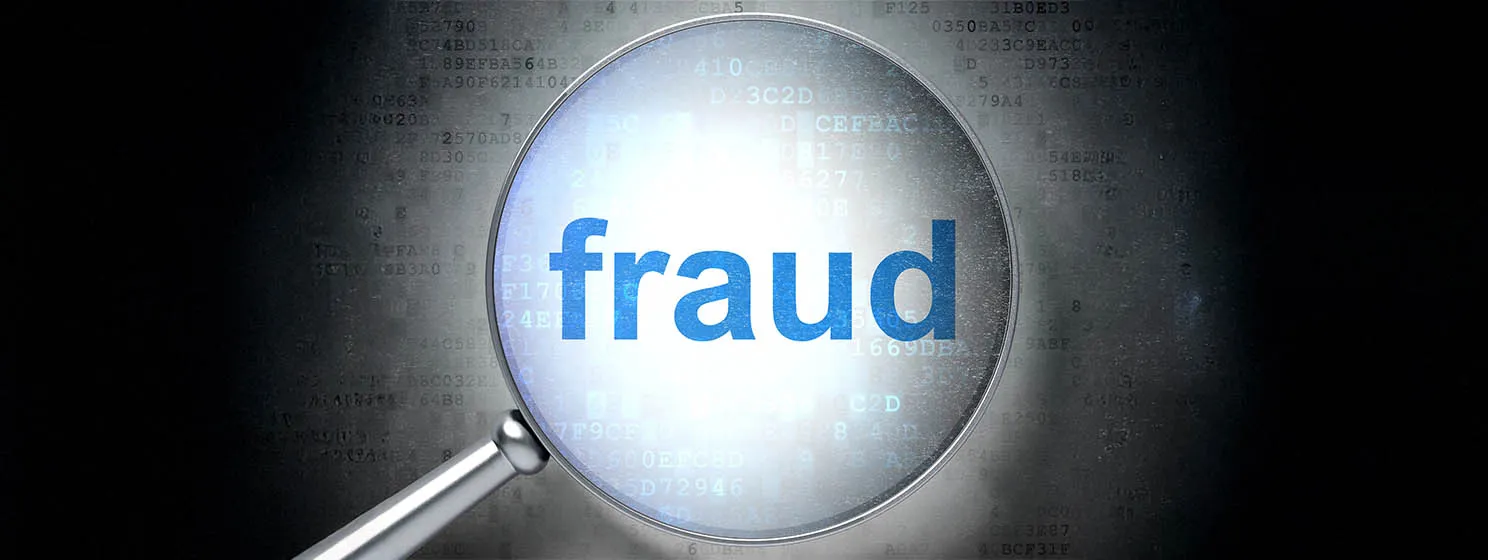|
Getting your Trinity Audio player ready...
|
India is forging ahead with its digital rupee development and expects to launch its first pilot test in a year’s time. The country believes that the measured and cautious approach is critical as it helps the public to take to the central bank digital currency (CBDC), while also allowing the central bank to make any improvements or changes in good time.
Speaking at a recent event, an official from the Reserve Bank of India revealed plans to launch the first pilot in the next fiscal year. P. Vasudevan, the chief general manager at the Reserve Bank of India’s (RBI) Department of Payment and Settlement, confirmed the RBI is committed to launching a CBDC, even as its neighbor China leads the global race with its digital yuan.
Vasudevan, who was addressing the State Bank of India’s Banking and Economic Conclave, remarked, “I think somewhere it was said that at least by the first quarter of next year a pilot could be launched. So we are bullish on that.”
The new deadline is over a year later than the one previously indicated, which was to be next month. Several local reports had indicated that India could do a soft launch of its digital rupee in December, although the RBI never officially committed to the deadline.
The RBI official believes that launching the CBDC in a hurry could prove catastrophic for India, the world’s seventh largest economy.
“We are on the job and we are looking into the various issues and nuances related to CBDC. It’s not a simple thing to just say that CBDC can be a habit from tomorrow on,” he explained.
Another issue the RBI has yet to conclude is whether the CBDC will be more suited for wholesale, retail, or both. If it does issue the CBDC for wholesale use, it will be joining an Asian neighbor marching down that path – the Philippines. As CoinGeek reported, the Bangko Sentral ng Pilipinas (BSP) recently revealed it’s working on a digital peso, but only for wholesale use.
For India, questions also linger around whether to deploy the digital rupee on a public or private blockchain.
“The central bank is also checking if intermediaries can be bypassed altogether, and most importantly, checking if the technology should be decentralized or should be semi-centralised,” Vasudevan concluded.
To learn more about central bank digital currencies and some of the design decisions that need to be considered when creating and launching it, read nChain’s CBDC playbook.
Watch: CoinGeek New York presentation, Increasing Footprints of BSV Blockchain in Middle East & South Asia

 07-02-2025
07-02-2025 





